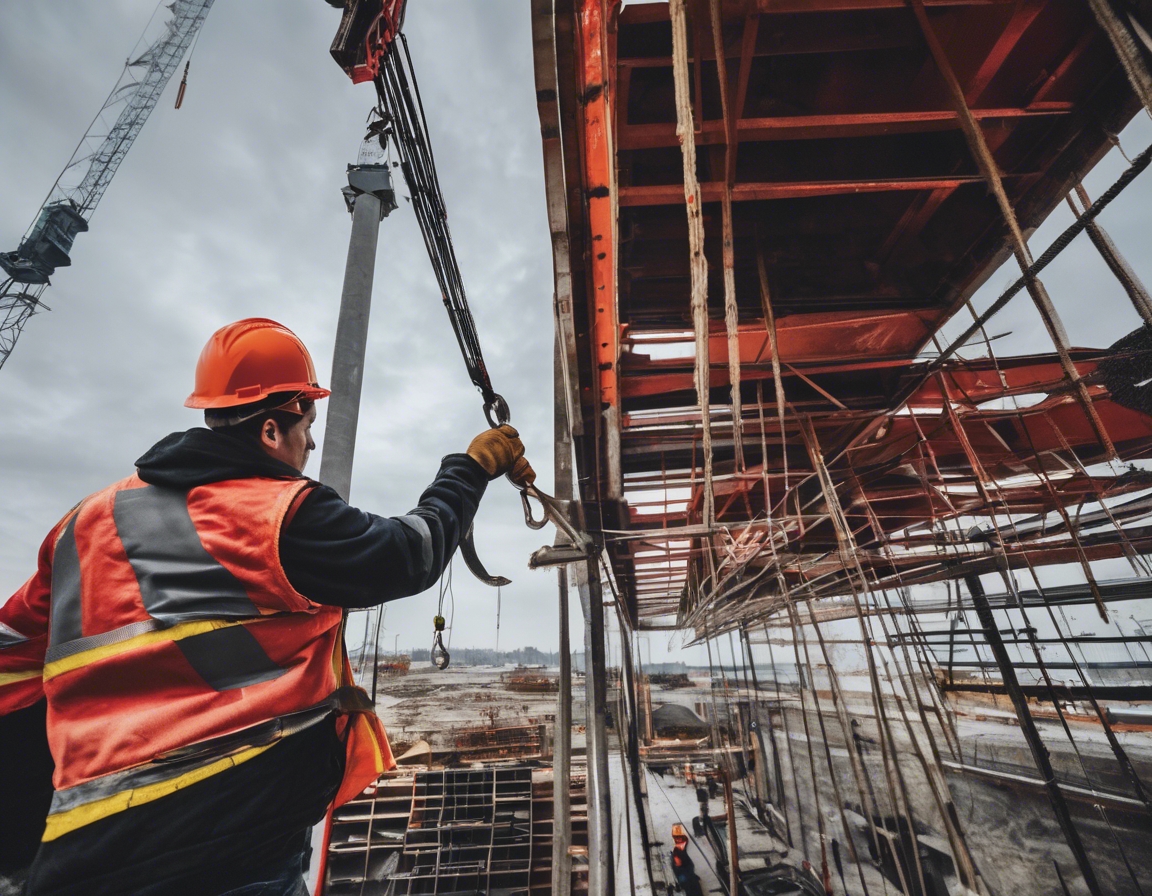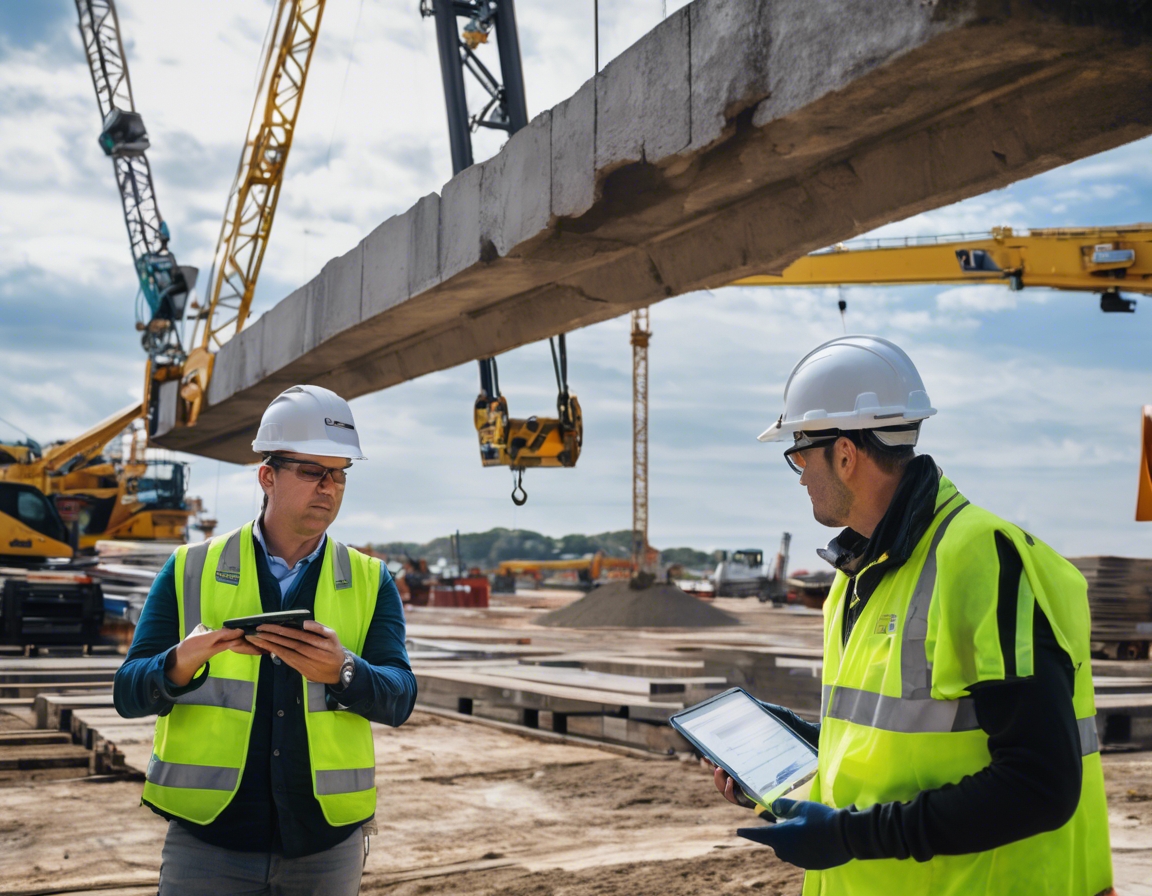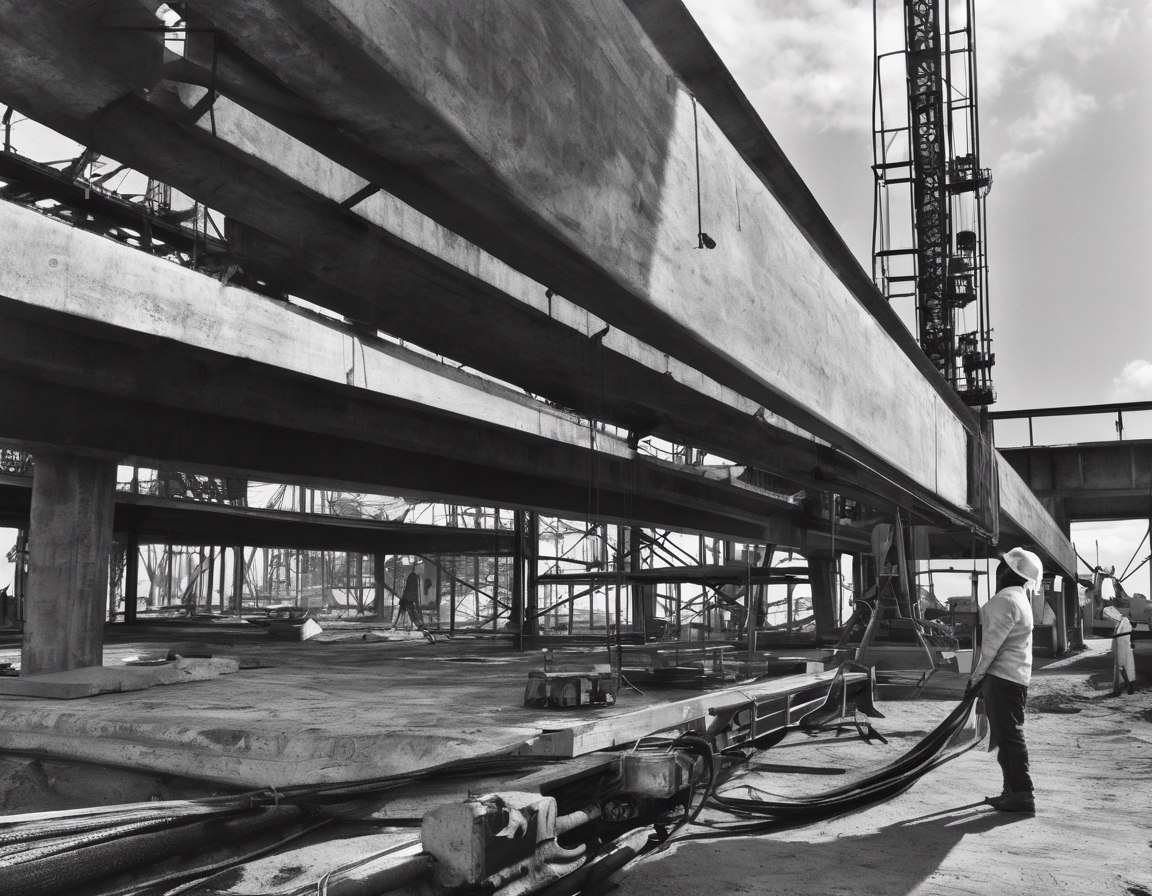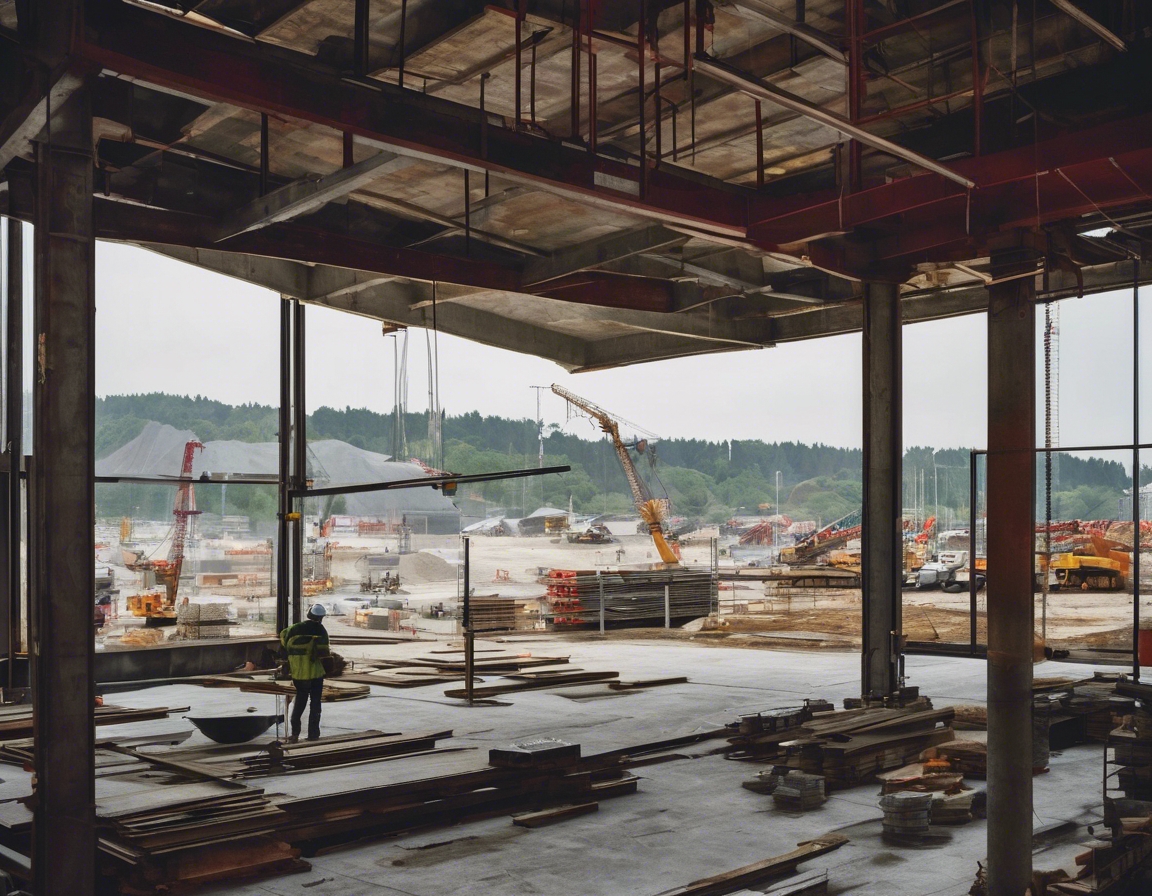Sustainable practices in modern construction
In recent years, the construction industry has seen a significant shift towards sustainability. This change is driven by the growing awareness of environmental issues and the need for more responsible resource management. Sustainable construction practices aim to minimize the environmental impact of building projects while enhancing the efficiency and longevity of structures.
Importance of Sustainability in Construction
Sustainability in construction is crucial for several reasons. It helps reduce the carbon footprint of buildings, conserves natural resources, and promotes healthier living environments. Moreover, sustainable practices can lead to cost savings in the long run by reducing energy consumption and maintenance costs. As the demand for eco-friendly buildings increases, construction companies that adopt sustainable practices are better positioned to meet client expectations and regulatory requirements.
Key Sustainable Practices in Modern Construction
Energy efficiency is a cornerstone of sustainable construction. Modern buildings are designed to consume less energy through the use of advanced insulation, energy-efficient windows, and smart HVAC systems. Incorporating renewable energy sources, such as solar panels and wind turbines, further enhances a building's energy profile, reducing reliance on fossil fuels.
The selection of building materials plays a critical role in sustainable construction. Materials such as recycled steel, bamboo, and reclaimed wood are increasingly popular due to their low environmental impact. Additionally, the use of locally sourced materials reduces transportation emissions and supports local economies.
Construction projects generate significant amounts of waste, making waste reduction and management essential components of sustainability. Strategies such as recycling construction debris, using prefabricated components, and implementing efficient waste management plans help minimize waste and its environmental impact.
Water conservation is another vital aspect of sustainable construction. Techniques such as rainwater harvesting, greywater recycling, and the installation of low-flow fixtures help reduce water consumption in buildings. These practices not only conserve water but also lower utility costs for building occupants.
Sustainable site development involves careful planning and design to minimize the environmental impact of construction activities. This includes preserving natural habitats, reducing soil erosion, and managing stormwater runoff. By integrating green spaces and promoting biodiversity, sustainable site development enhances the ecological value of construction projects.
Challenges in Implementing Sustainable Practices
Despite the benefits, implementing sustainable practices in construction can be challenging. Common obstacles include higher upfront costs, lack of awareness or expertise, and regulatory hurdles. However, as technology advances and the demand for sustainable buildings grows, these challenges are gradually being overcome.
Future Trends in Sustainable Construction
The future of sustainable construction is promising, with several trends shaping the industry. Innovations such as green building certifications, smart building technologies, and the integration of artificial intelligence in design and construction processes are paving the way for more sustainable and efficient buildings. As the industry continues to evolve, sustainable practices will become increasingly integral to modern construction projects.






Comments (0)